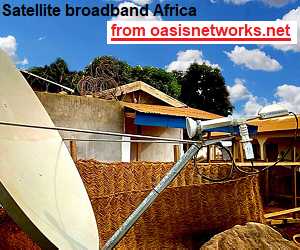| Home Login Register |
| Satellite Internet forum › Dish pointing and alignment › Antenna G/T overview |
|
Pages: 1
|
Antenna G/T overview(Read 68 times) |
|
Boskov
Member
★★ Offline Posts: 7 |
Mar 22nd, 2025 at 6:51am
|
| Back to top |
IP Logged
|
|
Admin1
YaBB Admin
★★★★★ Offline Posts: 1215 |
Reply #1 - Mar 22nd, 2025 at 3:10pm
|
| Back to top |
IP Logged
|
|
Boskov
Member
★★ Offline Posts: 7 |
Reply #2 - Mar 24th, 2025 at 5:41am
|
| Back to top |
IP Logged
|
|
Pages: 1
|
Email me: eric@satsig.net
Powered by YaBB 2.5.2!
YaBB Forum Software © 2000-. All Rights Reserved.
Disclaimer, Terms of Use and Privacy Forum User Agreement Forum rules Cookie policy.


